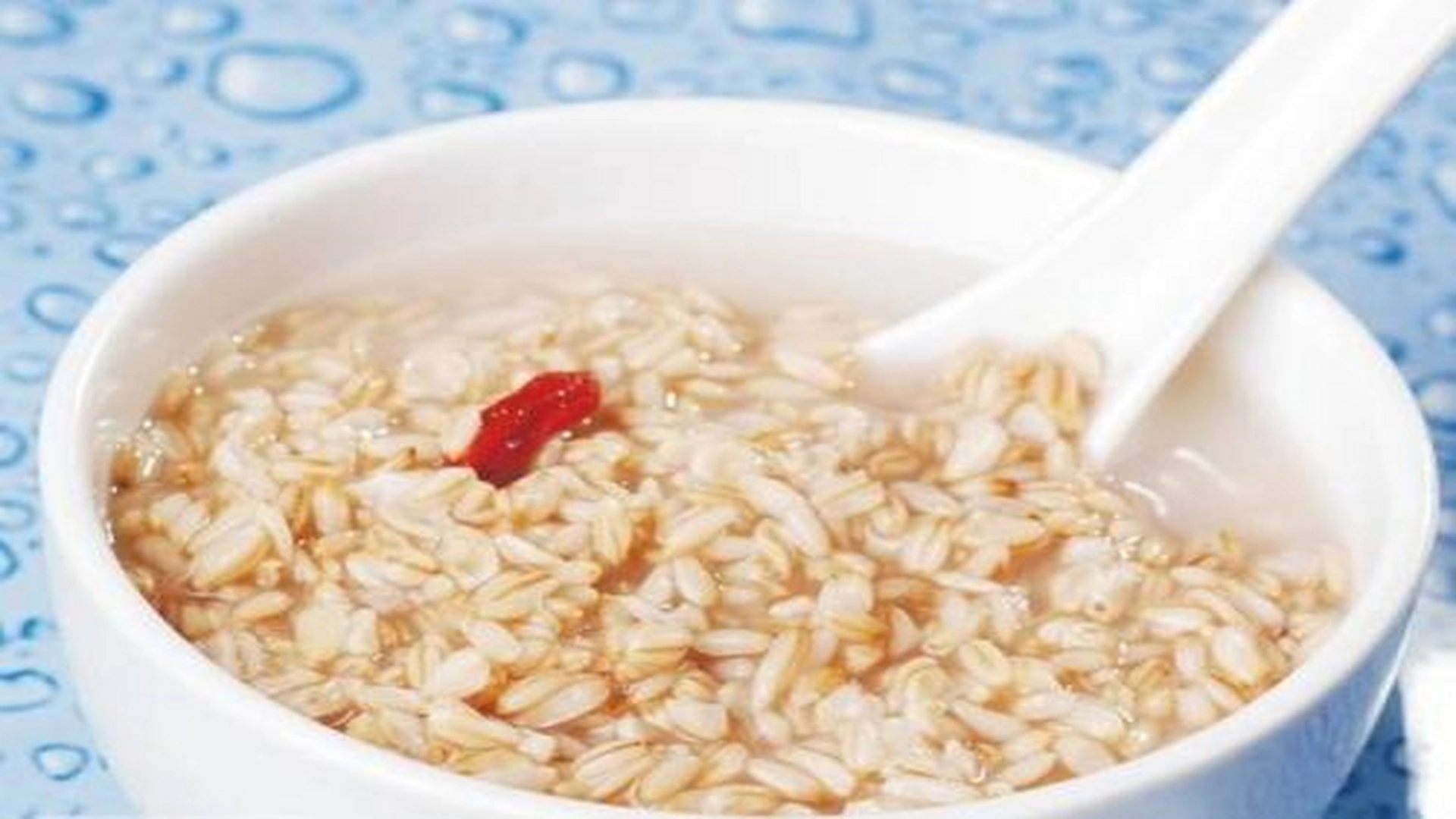The Delights of Lanzhou’s Tang Pia Zi: A Taste of Ancient Fermentation
As a culinary professional, I am often drawn to the unique and flavorful dishes that not only satisfy the palate but also carry a rich history and cultural significance. One such delicacy that has captured my attention is the Tang Pia Zi, a traditional fermented oat dish from Lanzhou, a city in Gansu Province, China. Here, I will take you on a journey through the origins, cultural background, ingredients, taste, and visual appeal of this ancient delicacy, as well as its role in representative dishes and the unique characteristics that make it a culinary gem.
**Origins and Cultural Background:**
The Tang Pia Zi, with its roots tracing back to the Han Dynasty’s “Li Lao,” is a testament to the ingenuity of ancient Chinese culinary practices. The term “Li Lao” refers to a sweet fermented beverage that was enjoyed by the people of that era. Over time, this traditional method of fermentation has been refined and adapted to create the Tang Pia Zi we know today, which is a nod to the region’s rich history and the evolution of food preservation techniques.
**Ingredients and Production:**
The making of Tang Pia Zi involves a careful selection of ingredients, primarily oats, which are fermented to achieve a perfect balance between sweetness and the subtle hint of alcohol. The process begins with the soaking of oats, followed by a controlled fermentation period that allows the natural yeasts and bacteria to convert the sugars in the oats into a mildly alcoholic and sweet liquid. This fermentation is a delicate dance, requiring the expertise of skilled artisans and the guidance of modern microbial fermentation technology, as researched and developed by Lanzhou University.
**Taste and Texture:**
The taste of Tang Pia Zi is a harmonious blend of the oat’s natural sweetness and the faint, intoxicating aroma of fermentation. It is neither too sweet nor too strong, offering a refreshing balance that is both satisfying and invigorating. The texture is smooth and slightly thick, with a creamy mouthfeel that coats the palate and leaves a lingering, pleasant aftertaste.
**Visual Description:**
Visually, Tang Pia Zi is a delightful treat. It is typically presented in a clear, glass container, allowing the consumer to appreciate the golden-brown hue of the oat liquid. The oats themselves float gently within, creating a visual symphony of texture and color. When served chilled, the dish takes on a more refreshing and inviting appearance, perfect for the summer months.
**Representative Dishes and Culinary Uses:**
Tang Pia Zi is not only a standalone dish but also a versatile ingredient that can be incorporated into various recipes. It can be enjoyed as a refreshing drink on a hot summer day or as a sweet accompaniment to savory dishes, adding a unique flavor profile that enhances the overall dining experience. It can also be used in desserts, where its mild fermentation and sweetness complement a variety of ingredients.
**Culinary Characteristics:**
The unique characteristics of Tang Pia Zi lie in its ability to bridge the gap between traditional and modern culinary practices. It is a dish that respects the ancient art of fermentation while embracing the advancements in microbiological science. Its versatility, refreshing taste, and cultural significance make it a standout in the world of Chinese cuisine.
In conclusion, Tang Pia Zi is more than just a dish; it is a culinary experience that pays homage to the past while offering a taste of the present. It is a testament to the enduring legacy of Chinese food culture and a reminder of the importance of preserving and celebrating our culinary heritage.
